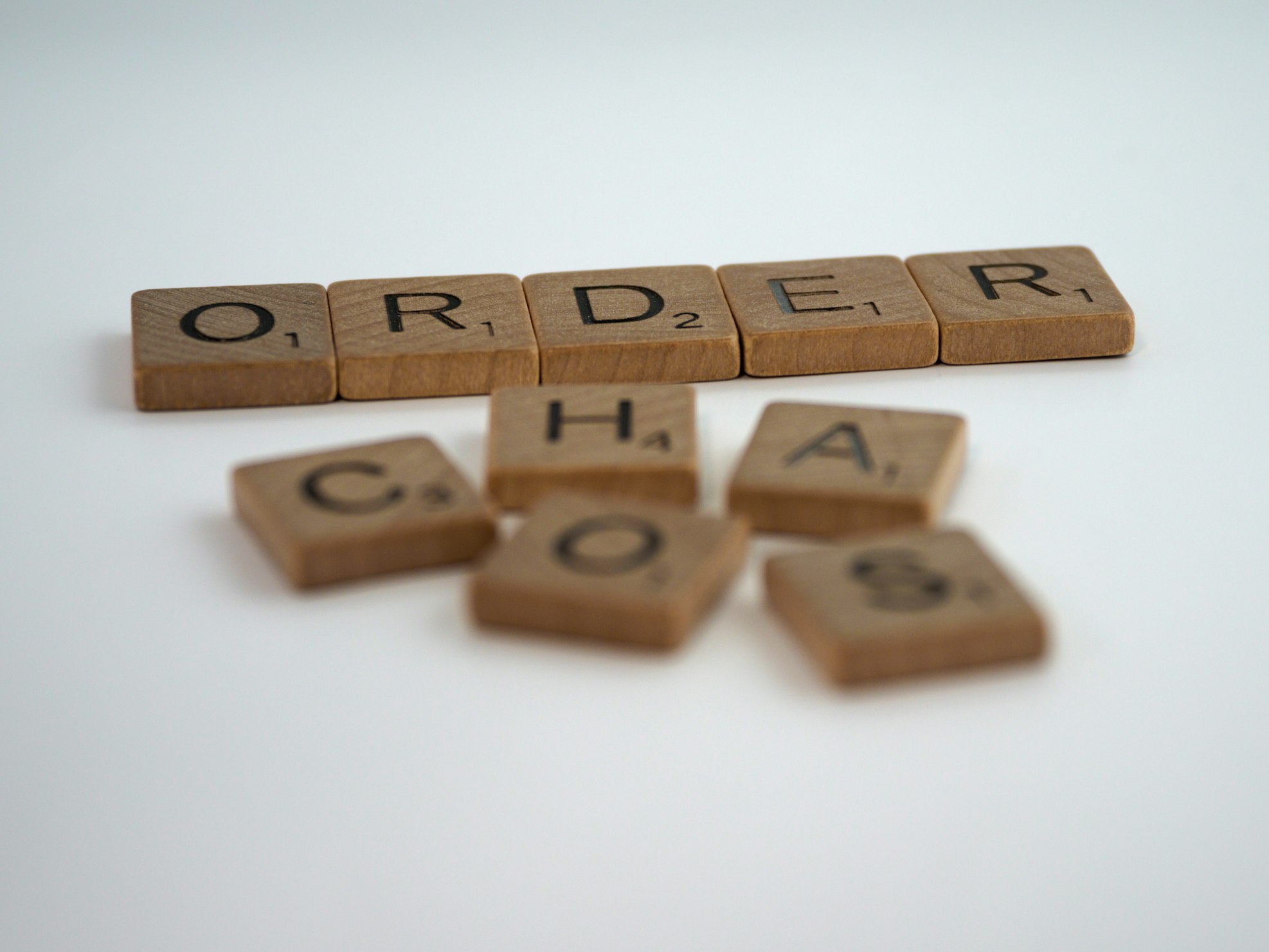Cost of Goods Sold (COGS) Calculator
Use our Cost of Goods Sold (COGS) Calculator to accurately compute your business's inventory costs, purchases, and profit margins. Streamline your accounting today!
Cost of Goods Sold (COGS) Formula
COGS = Beginning Inventory + Purchases - Ending Inventory
Where:
- Beginning Inventory: The value of inventory at the start of the period.
- Purchases: The cost of additional inventory bought during the period.
- Ending Inventory: The value of inventory at the end of the period.
What is Cost of Goods Sold?
Cost of Goods Sold (COGS) refers to the direct costs associated with the production of goods that a company sells. This metric is crucial for businesses as it directly impacts the gross profit and overall profitability.
COGS includes expenses such as:
- Raw materials used in production
- Direct labor costs for manufacturing
- Manufacturing overhead (e.g., factory utilities, equipment depreciation)
By calculating COGS, businesses can assess the cost efficiency of their production processes and pricing strategies. It helps in understanding how much it costs to produce each unit of product and provides insights into inventory management and cost control.
Additionally, COGS is a key component in financial reporting and analysis, influencing the gross profit calculation and helping in making informed business decisions.
How to Calculate COGS
Calculating the Cost of Goods Sold (COGS) involves determining the total direct costs associated with producing the goods sold during a specific period. Follow these steps to calculate COGS:
- Determine Beginning Inventory: Identify the value of inventory on hand at the start of the period. This is the ending inventory value from the previous period.
- Calculate Purchases: Add the total cost of inventory purchased during the period. This includes all additional raw materials, supplies, and finished goods bought for resale.
- Find Ending Inventory: Determine the value of inventory remaining at the end of the period. This is the inventory that was not sold and is still on hand.
- Apply the COGS Formula: Use the following formula to calculate COGS:
COGS = Beginning Inventory + Purchases - Ending Inventory
- Calculate COGS: Plug the values into the formula to get the total COGS for the period. This represents the direct costs incurred to produce the goods that were sold.
Here's an example:
Assume the following values:
- Beginning Inventory: $5,000
- Purchases: $12,000
- Ending Inventory: $4,000
Using the formula:
COGS = $5,000 + $12,000 - $4,000 = $13,000
So, the Cost of Goods Sold for this period is $13,000.
- Struggling to Save? Try These 10 Money-Saving Hacks
- 13 Best Financial and Investment Calculators
- Mastering the Art of Frugal Living: A Comprehensive Guide to Smart Shopping
- A Comprehensive Collection of Investing and Financial Books
- The Ultimate List of Investing Podcasts
- Strategic Investing: Why You Should Look Beyond the Stock Market Celebrities
- The Harsh Truth About Dividend Investing
- Where to Buy Domains: Finding the Best Deals
 The AI Gold Rush: Navigating the Thin Line Between Innovation and Overvaluation in Business
The AI Gold Rush: Navigating the Thin Line Between Innovation and Overvaluation in Business- Sweet Dreams: 7 Smart Sleep Investments for a Restful Night.









